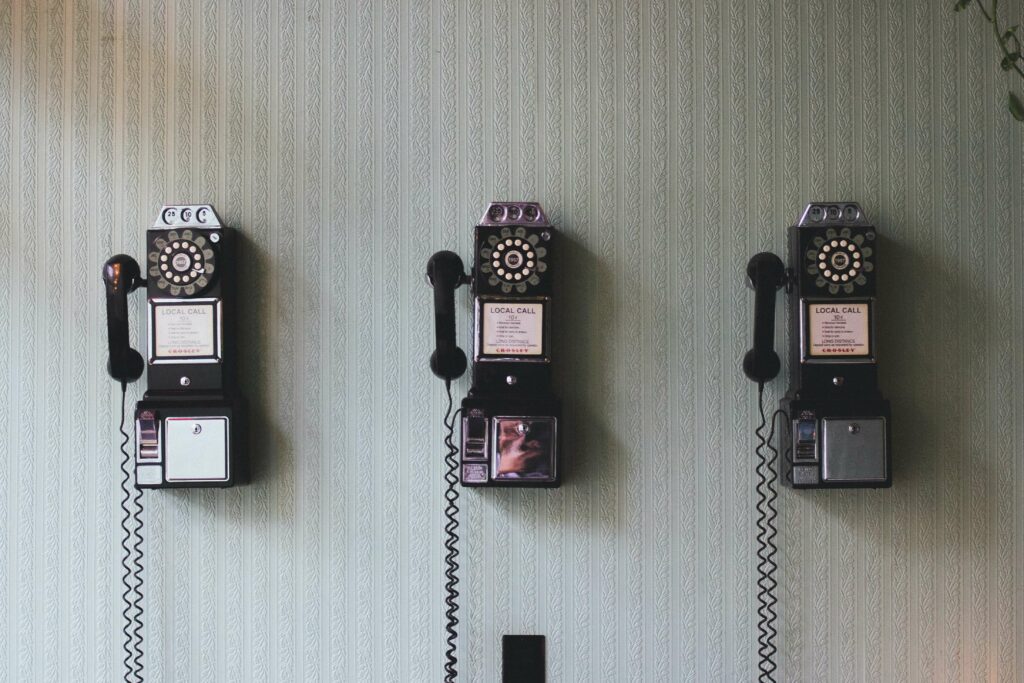For a PR agency team, few things are more important than having media contacts at the ready. In fact, a media placement strategy with the perfect balance of quality and quantity is one of the unsung secret of great PR and media relations.
Media contacts aren’t magic….they’re work
But media contacts aren’t magic. They’re a resource requiring constant maintenance by users. In fact, part of the “perfect balance” strategy means treating your media spreadsheet with the care, focus, and obsessive attention to detail of a NASA rocket scientist preparing for a space mission.
The first order of business is making sure all contacts are up to date. That may sound easy enough, but check out any reporter’s Twitter feed and you’ll probably see complaints about agencies who reach out to irrelevant or outdated contacts, or target their pitches in clumsy ways.
According to the 2021 State of Journalism study, 61% of journalists agree that the way most companies share information with the media is outdated. It’s likely that outdated lists are at least a contributing factor. Regardless, reporters are all but telling PR agencies that they need to up their outreach game and take steps to stay current and relevant, from their strategies to contact lists. Here are some simple steps PR reps should take to maximize success.
Research, research research
The simplest way to keep contacts up to date is through simple research. For example, if you haven’t contacted a certain reporter in a while, look up whether they’re still in the same place and on the same beat. Take a peek at some of their recent pieces. Study the depth of coverage and the tone of their pieces. Even if a reporter regularly covers a relevant topic, they might not showcase your information or spokesperson in the way you’d imagine. It sounds obvious, but not enough people browse reporters’ recent pieces, especially for the broadest beats, or, conversely, the specialized ones, like technology or, say, the Apple or Amazon beat.
Verify information before you press send
After authenticating the status of specific contacts, you need to verify contact information. Before beginning the search manually, savvy PR professionals should use the services at their disposal. For many, this includes media relationship management software Cision, which can help confirm email addresses by simply plugging in the name of the reporter. Other media resources that can be used to verify contact information include Muck Rack, Prowly and Anewstip.
However, Cision and media softwares should not be the first step in building a media list. Rather, think of them more as a last, but helpful, resort. Software often has outdated information on outlet, subject matter and even contact information. Overreliance on software tools can result in a subpar outreach. Even though it may be time-consuming and at times grueling, the best PR agencies consistently check the web to confirm email addresses, starting with the outlet’s or reporter’s website.
Update and delete bouncebacks
One of the biggest differences between PR agencies that run efficient media contact programs and those who don’t is consistent updating of contact lists. That’s right, it’s not glamorous or brilliant, but it works. It’s just essential for team members to update the shared spreadsheet following every outreach. If you are reaching out to a wide variety of media contacts, you are bound to get a few undeliverables. Make sure to remove them. It saves the next team member time, energy and a host of similar bouncebacks. Additionally, PR agencies are often hesitant to reach out to a group of journalists from the same outlet. Leaving an outdated reporter, or at least their contact information, there can mean that a colleague fails to connect with the right contact at that particular outlet. We can all help one another.
Record reporter responses
Every piece of information you receive after pitching serves a purpose. Following a pitch, you may see auto-responses like an out-of-office message about a vacation, family leave, or departure. Again, share the information on a centralized sheet. And if your pitch leads to an interview, coverage, or simply use of background material, note that in the spreadsheet. This is especially useful for unpleasant experiences. There are always journalists who simply don’t want to be contacted about certain topics, or at all. Others are on book leave and only want to tell you once. When in doubt, err on the side of including the information and letting the next user make the decision on whether it’s relevant.
Media list access is vital
Sometimes we spend days making perfect contact lists and they’re not easily accessible. Using outdated lists, either by accident or because someone was in a rush, is actually a common problem for subpar PR agencies. Make sure your lists and documentation are easily accessible to everyone in the shared resource. Regular training sessions on software are a useful habit of successful PR agencies. Finally, any and all team members should feel free to let the entire team know of a major change regarding a reporter or outlet. Our agency Slack is full of this kind of news, especially in the key sectors we cover regularly like adtech and cybersecurity.
For a PR team or agency, reputation is everything. Thus, how reporters, clients and even your own colleagues view you will have long-term consequences. Being slightly obsessive about your media contacts and your team’s system for keeping them in perfect shape will help bolster your standing, and, more tangibly, yield excellent outcomes. Media contacts will be happier due to more consistent and relevant pitches, clients will be happy about increased coverage, and your staff will be grateful for the team effort.

